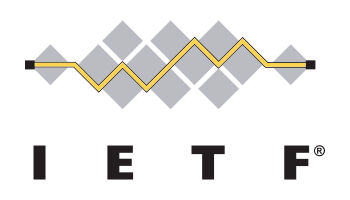Comments on proposed Industry Canada regulations for Canada’s Anti-spam Law
Mr. Bruce Wallace Bruce.Wallace@ic.gc.ca Director, Electronic Commerce Policy Electronic Commerce Branch/SITT Industry Canada Ottawa, Ontario CANADA Regarding : Canada Gazette, Part I Vol. 145, No. 28 — July 9, 2011 The...
Read More















